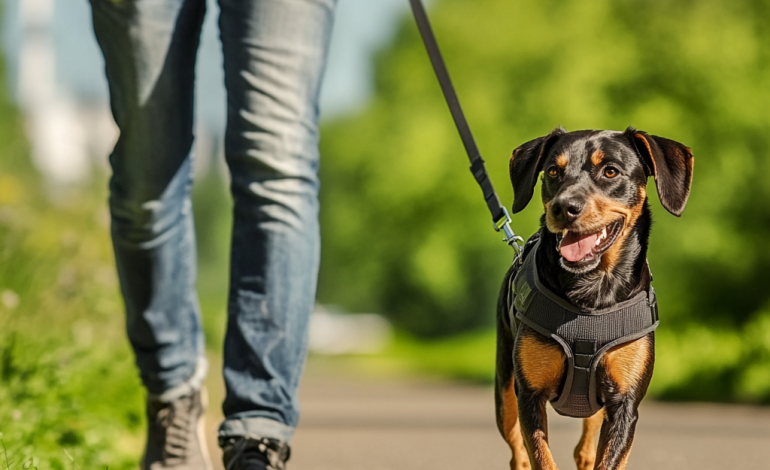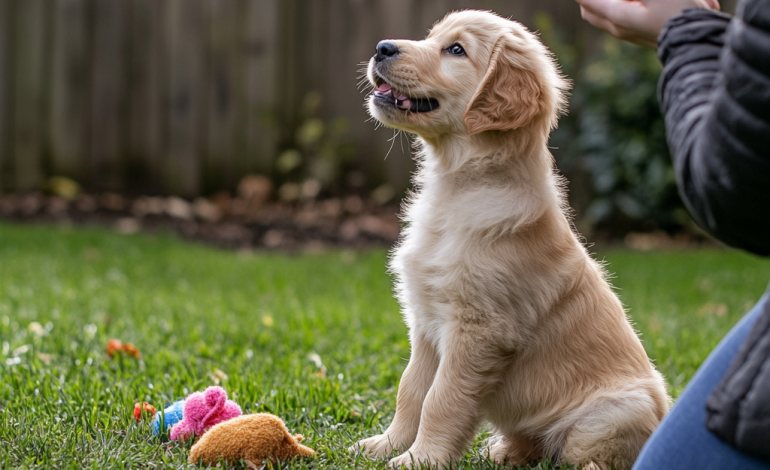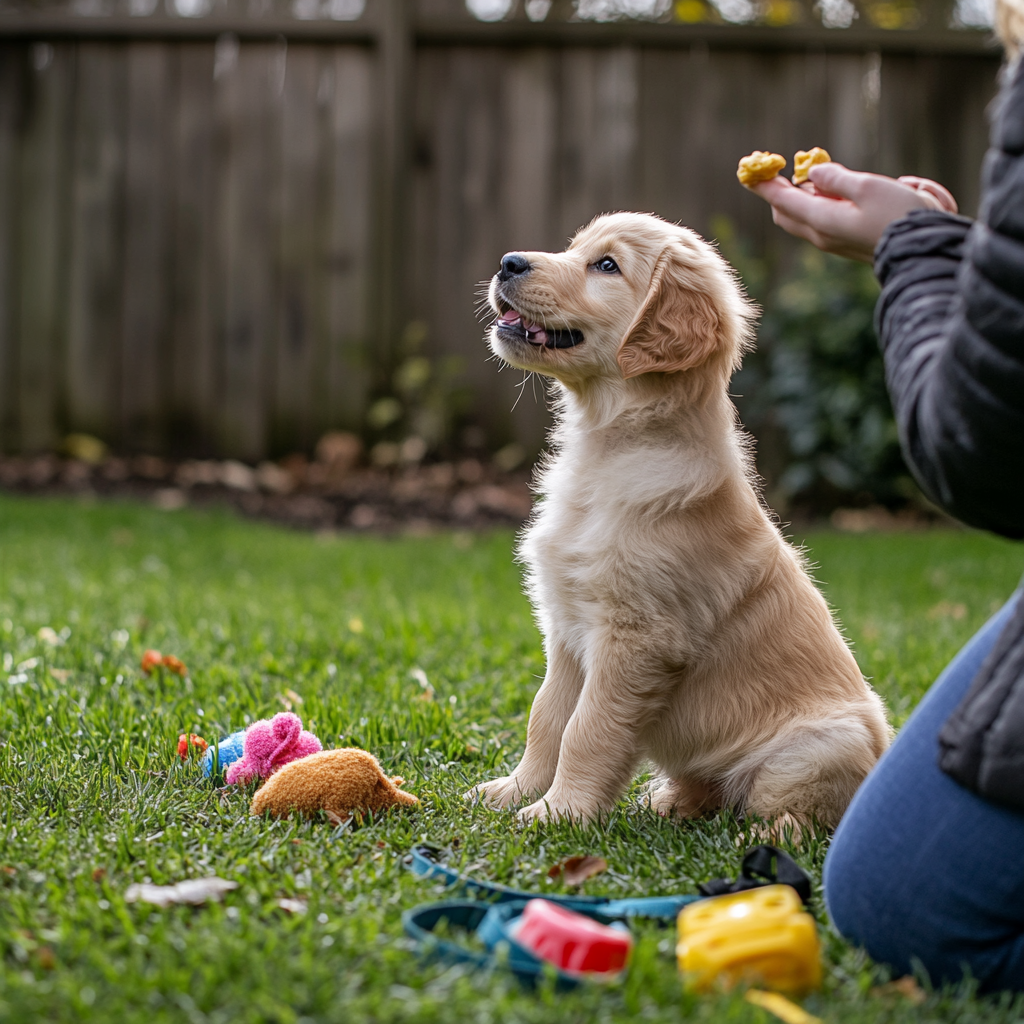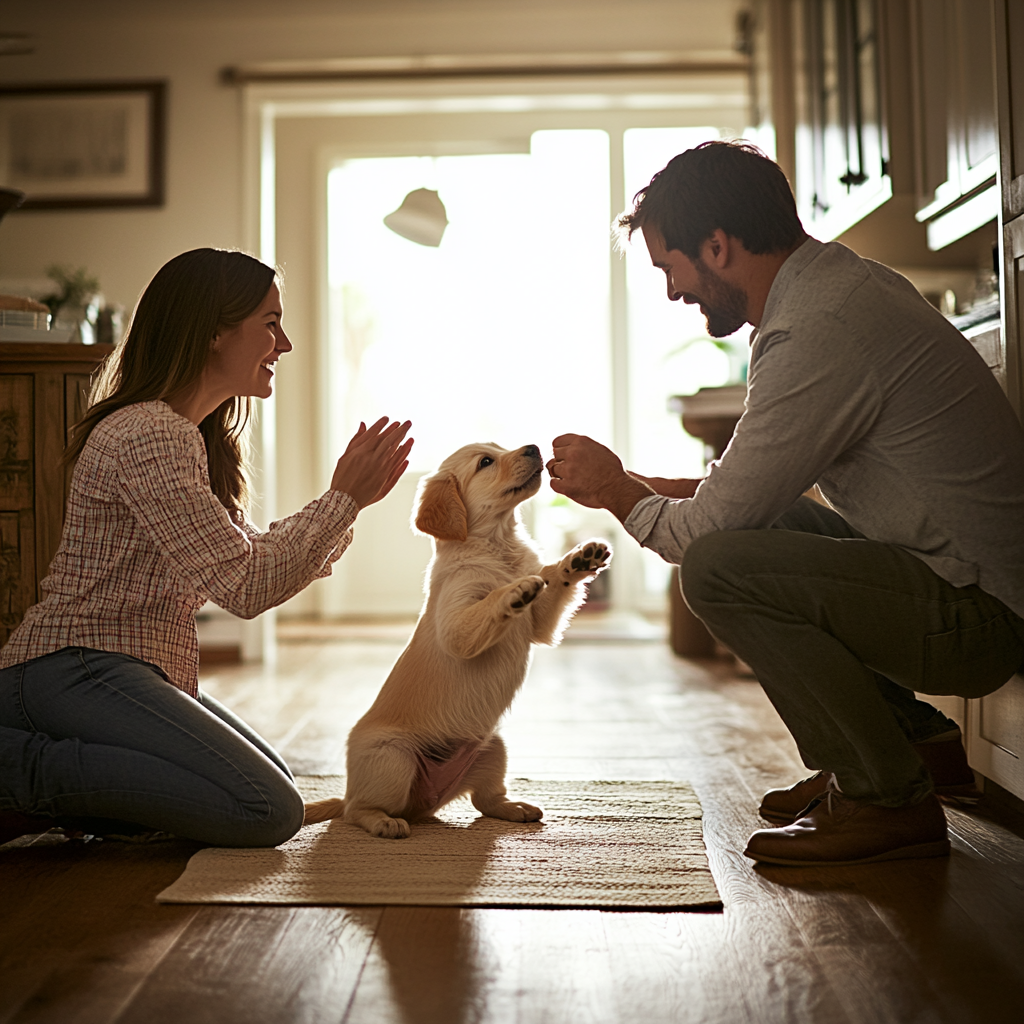Leash Training Tips for Dogs: A Complete Guide for Pet Owners

Walking your dog should be an enjoyable experience, but it often turns into a challenge without proper leash training. In this guide, we will share essential leash training tips for dogs to help you teach your pup how to walk calmly and confidently by your side. Whether you’re a first-time dog owner or looking to improve your dog’s behavior, these tips will make leash training a breeze.
Why Leash Training is Important
Leash training isn’t just about making walks more pleasant; it’s essential for your dog’s safety and well-being. Here’s why it matters:
- Prevents pulling and lunging: Avoid injuries and unpleasant experiences.
- Encourages exercise: A well-trained dog is more likely to enjoy walks.
- Ensures safety: Keeps your dog under control in busy or unfamiliar areas.
Step 1: Choosing the Right Equipment
H2: Essential Tools for Leash Training
Before starting, ensure you have the right tools:
- Leash: A standard 4-6 foot leash is ideal for training.
- Harness or collar: A front-clip harness can reduce pulling.
- Treats: Use small, high-value treats to reward your dog.
- Clicker (optional): Useful for marking good behavior.
Investing in the right equipment sets the foundation for successful leash training.
Step 2: Introducing Your Dog to the Leash
H2: How to Start Leash Training at Home
Start the process indoors to help your dog become comfortable with the leash:
- Attach the leash to your dog’s harness and let them walk around.
- Offer treats and praise to create a positive association.
- Avoid pulling or tugging during this initial phase.
This step ensures your dog doesn’t feel intimidated or restricted by the leash.
Step 3: Teaching Basic Leash Manners
H3: Stopping Pulling Behavior
One of the most common challenges is pulling on the leash. Here’s how to address it:
- Stop walking as soon as your dog starts pulling.
- Wait until the leash slackens, then resume walking.
- Reward your dog for staying by your side.
Consistency is key to eliminating pulling behavior.
H3: Practicing Loose-Leash Walking
Loose-leash walking means your dog walks beside you without tension on the leash. To teach this:
- Use treats to guide your dog’s position next to you.
- Reward frequently when the leash stays loose.
- Gradually increase the distance and duration of walks.
This skill helps make walks more enjoyable and stress-free.
H3: Handling Distractions
Dogs are naturally curious, and distractions can disrupt leash training. To manage this:
- Use high-value treats to maintain your dog’s focus.
- Practice in low-distraction areas before progressing to busier environments.
- Redirect attention with commands like “Watch me” or “Sit.”
Step 4: Gradual Progression
H2: Transitioning to Outdoor Walks
Once your dog is comfortable walking indoors, move to outdoor environments:
- Start in quiet areas like your backyard or a nearby park.
- Keep sessions short to avoid overwhelming your dog.
- Gradually expose them to busier settings as they improve.
Patience and gradual exposure are key to outdoor leash training success.
Common Mistakes to Avoid
H2: Inconsistency
Using different commands or varying expectations confuses your dog. Stick to a consistent routine and training cues.
H2: Punishment-Based Techniques
Avoid harsh corrections, as they can create fear or aggression. Focus on positive reinforcement instead.
Conclusion: Enjoying Walks with Your Dog
By following these leash training tips for dogs, you can turn your walks into enjoyable bonding experiences. Remember to stay consistent, patient, and positive throughout the process. With time, your dog will master leash manners and look forward to every walk.









